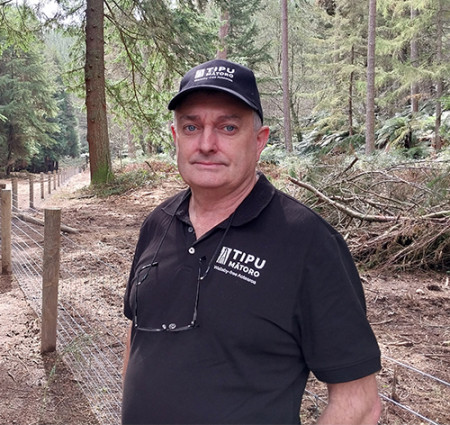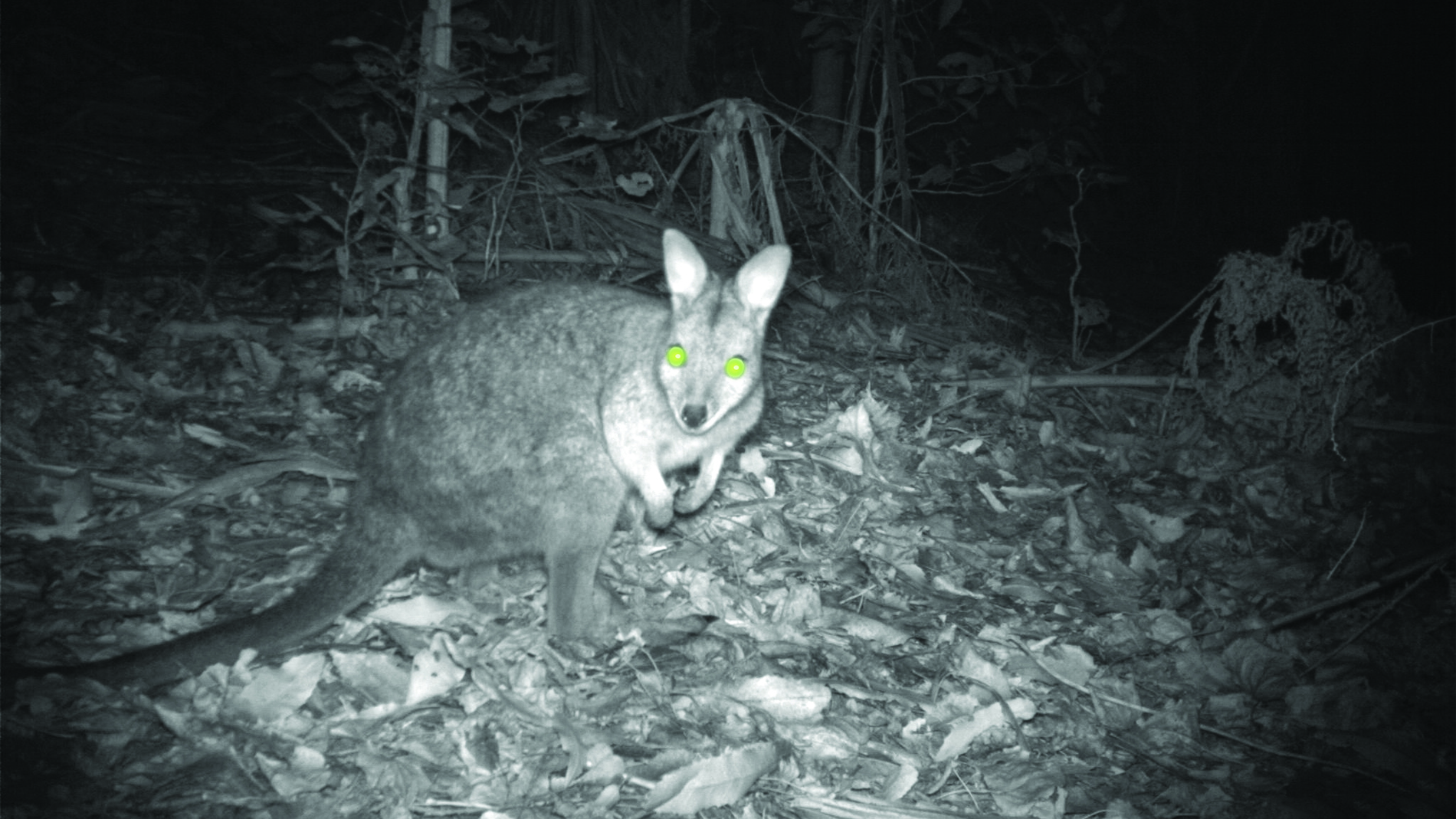"There are big commercial impacts to leaving wallabies unchecked, but there are significant ecological consequences too."
- Waikato Regional Council Senior Biosecurity Officer Dave Byers

Waikato Regional Council Senior Biosecurity Officer Dave Byers
Undeniably cute, frustratingly elusive and astonishingly destructive; wallabies are a real pest control problem child.
Working under cover of darkness, they leave surprisingly significant trails of devastation in their wake, gnawing indiscriminately through farms, forests and native bush.
But you’ll rarely find them at the scene of the crime. In fact, you’ll rarely find them full stop.
Therein lies a big chunk of the challenge facing businesses in the farming and forestry sectors in the Waikato region and the Bay of Plenty.
And therein lies a troublesome part of the task for the public agencies and community groups, including Waikato Regional Council, who need people understand the scale of a problem they can’t see.
Left unchecked, it is estimated that wallabies could result in $84 million a year in damage and occupy one-third of New Zealand by 2065.
“For a nation and region whose prosperity is so closely tied to the health of its primary industries, it’s a big deal.” says Environmental Specialist Steve Gatenby.
Steve works for Timberlands, a firm that manages Kaingaroa, a large forestry block situated between Rotorua, Taupō and Te Urewera, on the edge of a zone dubbed ‘ground zero’ for wallabies.
“The one metre of good growth Timberlands expects in the first year from its new plantings can reduce by half when seedlings are browsed by the local area’s dama and parma species,” says Steve
“Often the damage isn’t apparent until the trees are 10 to 12 months old, when mortality surveys highlight the failed areas that will need replanting.”
“That gives you a good sense of the cost in time and money to one organisation – which can have knock-on effects on people’s livelihoods, too – from something that will no doubt seem small and insignificant to many people.”
Wallabies were first introduced to mainland New Zealand at Lake Ōkāreka, just outside Rotorua in 1912.
Since then, their numbers have grown at an alarming pace, pushing their way into the Waikato region from the Bay of Plenty at an estimated rate of 0.8 kilometres per year.
Waikato Regional Council Senior Biosecurity Officer Dave Byers says: “There are big commercial impacts to leaving wallabies unchecked, but there are significant ecological consequences too.
“The potential for wallabies to spread from Rotorua’s plantings managed by Timberlands east into Te Urewera is a special concern here.
“Vigilance is key, and people are more likely to report wallaby sightings if they understand why they’re a problem in the first place.”
Dave and Steve are both closely involved in Tipu Mātoro, the National Wallaby Eradication Programme, which began in July 2020.
It is a partnership of Biosecurity New Zealand, iwi and regional councils in wallaby-affected areas, the Department of Conservation (DOC), Federated Farmers, Forest and Bird, Land Information New Zealand (LINZ), farmers, foresters, landowners, researchers and communities.
Tipu Mātoro aims to stop the spread of wallabies (by containment) and improve the efficacy of wallaby management with a long-term aspiration of eradicating wallabies from New Zealand.
“It’s a huge task,” says Dave, “5429 kilometres were walked or flown (by drones) searching for wallabies outside the Rotorua-centred containment area by Waikato Regional Council alone last year.
“We had 44 sightings reported by members of the public and every report is actively investigated, including with wallaby detection dogs if warranted. But we expect the numbers that go unreported are much higher.
“That’s why increasing public awareness of the problem is so important. And that’s why we need to keep talking about wallabies.”

